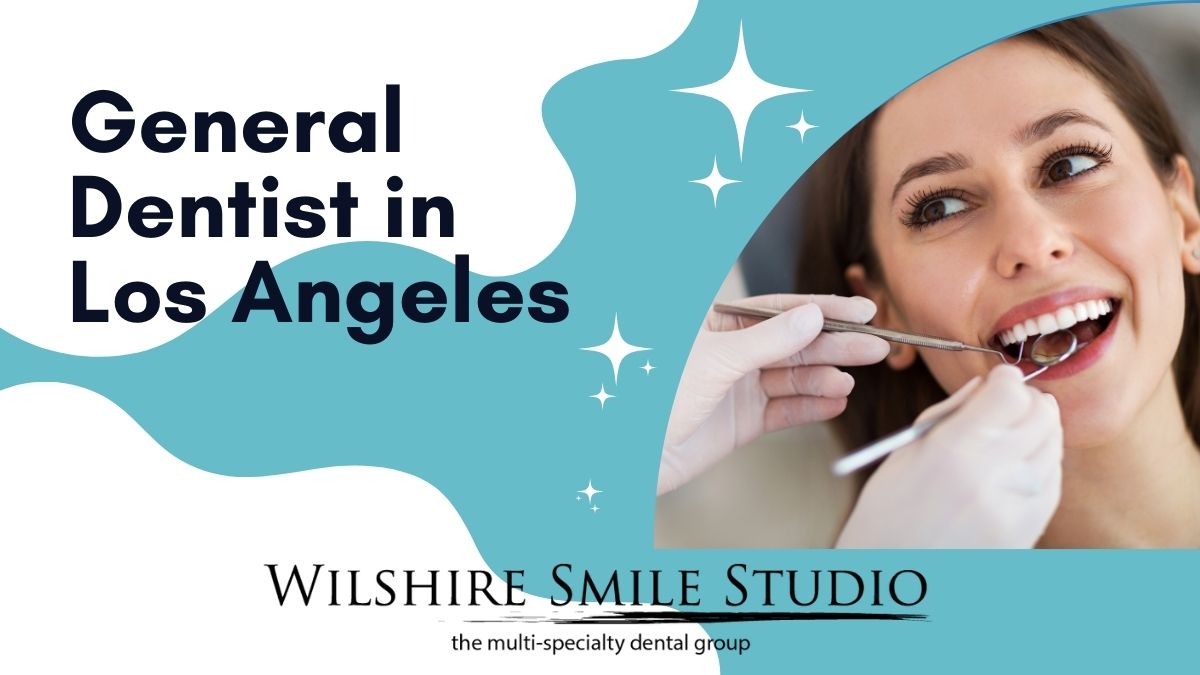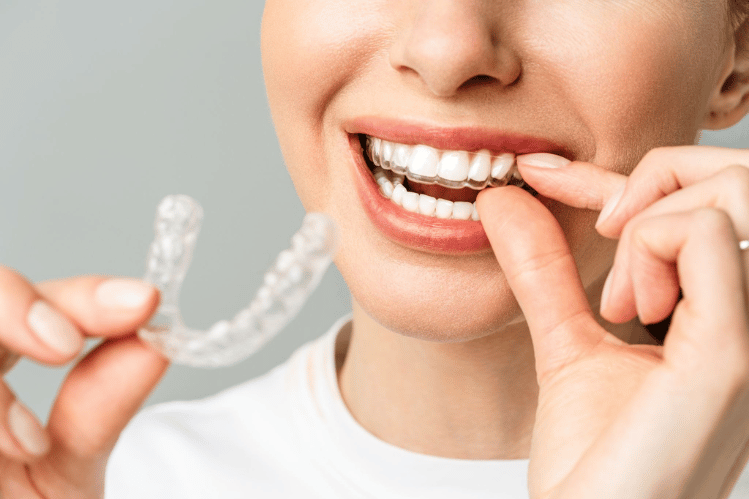Examine This Report on Legacy Orthodontics
Examine This Report on Legacy Orthodontics
Blog Article
The Ultimate Guide To Legacy Orthodontics
Table of ContentsLegacy Orthodontics Things To Know Before You Get ThisAll About Legacy OrthodonticsThe 8-Minute Rule for Legacy OrthodonticsUnknown Facts About Legacy OrthodonticsLegacy Orthodontics - Truths
In addition, we use adjustable therapy timetables, versatile repayment options and a fun, enjoyable experience.An orthodontist is a dental expert educated to identify, protect against, and treat teeth and jaw irregularities. They correct existing problems and are trained to identify problems that might establish in the future. Orthodontists collaborate with people of every ages, from youngsters to grownups. People usually connect an ideal smile with healthiness.
Malocclusion, or misaligned teeth, can lead to dental issues, consisting of dental caries, gum tissue illness, and challenging or excruciating chewing. However not every person is birthed with straight teeth. If you have a negative bite or big spaces between your teeth, you might intend to seek advice from a dentist specializing in orthodontic care.
Get This Report on Legacy Orthodontics
( Picture Credit Scores: DigitalVision/Getty Images) Orthodontists make use of repaired and detachable dental tools, like dental braces, retainers, and bands, to transform the placement of teeth in your mouth. Orthodontic therapy is for oral abnormalities, including: Crooked teethBite issues, like an overbite or an underbiteCrowded teeth or teeth that are also far apartJaw misalignmentThe goal of orthodontic treatment is to improve your bite.
While you may assume of orthodontists as mostly for children or teens who require braces, they can fix oral issues at any type of age. Orthodontists go to university, dental institution, and orthodontic school.
All orthodontists are dentists, but not all dental professionals are orthodontists. Orthodontic residency programs offer intensive, focused instruction for dental professionals. They concentrate on two areas: How to correctly and safely move teeth How to correctly guide development in the teeth, jaw, and faceOnce an orthodontist has actually completed training, they have the choice to end up being board accredited.
Getting The Legacy Orthodontics To Work
Misalignment, or malocclusion, is one of the most common reason individuals see an orthodontist. It is hereditary and is the outcome of size distinctions between the top and lower jaw or between the jaw and teeth. Malocclusion results in tooth congestion, a twisted jaw, or uneven bite patterns. Malocclusion is usually treated with: Your orthodontist affixes metal, ceramic, or plastic square bonds to your teeth.
Some people need a headgear to assist move teeth into line with pressure from outside the mouth. A retainer is a personalized gadget that maintains your teeth in location.
They're usually made use of on children. They can create added room in the mouth without having to draw teeth. If you have a significant underbite or overbite, you might need orthognathic surgery (also called orthodontic surgery) to extend or reduce your jaw. Orthodontists utilize cables, surgical screws, or plates to sustain your jaw bone.
You may require to see an orthodontist if you have: Crowding or not sufficient room for all of your teethOverbite, when your top teeth come by your bottom teethUnderbite, when your base teeth are as well much forwardSpacing or concerns with gapsCrossbite, which is when your top teeth fit behind your base teeth when your mouth is closedOpen bite or an upright gap in between your front bottom and top teethMisplaced midline, when the facility of your bottom and top teeth don't align Dealing with an oral malocclusion can: Make attacking, eating, and talking easierImprove the balance of our face and your general appearanceEase discomfort from temporomandibular joint problemsSeparate your teeth and make them simpler to cleanse, assisting prevent tooth degeneration or cavities It's often a dental practitioner that initially notices misaligned teeth during a routine test.
4 Easy Facts About Legacy Orthodontics Explained

During your initial orthodontic appointment, you'll likely have: An oral examPhotos taken of your face and smileDental X-raysPanoramic (360 degree) X-rays of your face and headImpressions to produce molds of your teethThese examinations will aid your orthodontist understand exactly how to continue with your treatment. orthodontist. An check out this site orthodontist is a dentist who's had training to treat your teeth and jaw
Orthodontists might execute surgical procedure, exams,X-rays,and more to assist you achieve a more comfy, much healthier smile. An orthodontist is focused on your bite, so something like a broken tooth would certainly be taken care of by a dental expert. Orthodontists are dentists but not all dental experts are orthodontists. Orthodontists are concentrated on your bite, or the method your teeth meshed, and the straightness of your teeth.
Ever before wondered just how stars constantly appear to have flawlessly aligned teeth? The solution commonly depends on the skilled hands of an orthodontist. But just what does an orthodontist do? Orthodontists are dental experts that concentrate on correcting irregularities in the teeth and jaws. Their proficiency exceeds just producing an attractive smile; it extends to boosting your total dental health and wellness and feature.
Legacy Orthodontics Fundamentals Explained

While braces are the most generally acknowledged orthodontic therapy, orthodontists have a varied toolkit at their disposal. The specific method chosen relies on the seriousness of the instance, the client's age, and individual choices. These reliable dental braces make use of a system of braces bound to the teeth and connected by cables.
Clear aligners, like Invisalign, are a prominent option for patients seeking a more very discreet treatment choice. These detachable trays are custom-made to progressively move the teeth's placement. Headwear might be made use of combined with dental braces or aligners to apply extra targeted forces, especially for dealing with jaw disparities. In cases of slim jaws, palatal expanders can be utilized to develop area for proper tooth positioning.
Report this page